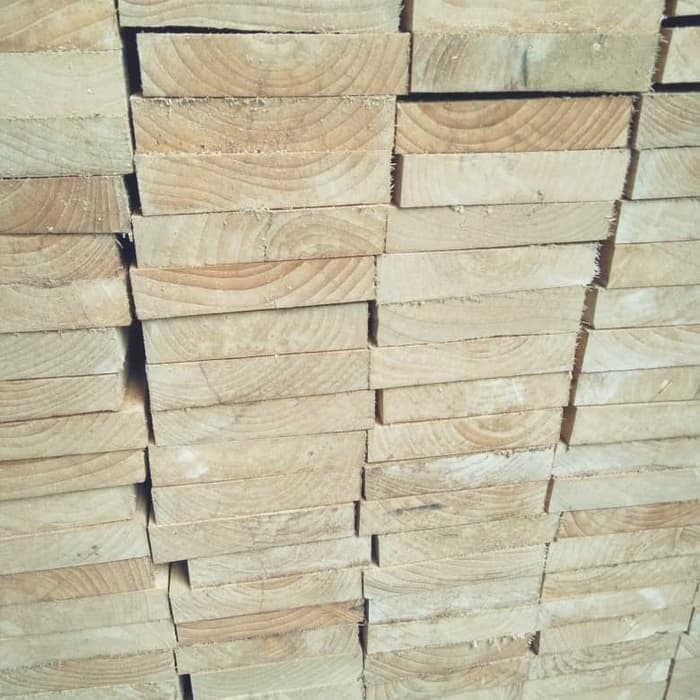Sungkai Wood Characteristics and Benefits

Sungkai wood stands out among other hardwoods for its unique characteristics and impressive benefits. Its rich, dark color and exceptional durability make it a desirable material for a wide scope of applications. This article explores the key properties, benefits, and uses of Sungkai wood, addressing common concerns and providing insights into its sustainability. We will delve into its aesthetic value, practical applications, and the factors contributing to its exceptional performance. We’ll also briefly address crucial sustainability considerations.
Understanding Sungkai Wood: A thorough Overview
Unveiling the Essence of Sungkai
Sungkai wood, often described as a tropical hardwood, originates from Southeast Asian regions and is prized for its unique beauty and remarkable qualities. Its dark, reddish-brown hue adds an exquisite aesthetic appeal to any project. Its inherent strength and resilience make it a preferred choice for furniture and construction. The high density of Sungkai wood contributes significantly to its durability, making it resistant to decay and pests, further enhancing its appeal among designers and builders alike. This natural resistance to moisture and rot is particularly valuable in humid climates.
determineing the Key Properties
One of the defining characteristics of Sungkai wood is its exceptional density. This inherent strength contributes significantly to its durability and resistance to rot and damage. It’s often favoured in environments where moisture can be an issue. Moreover, the high density adds stability and prevents warping, making it a stable and reliable material for furniture and structural applications. Its grain pattern adds visual interest, making Sungkai a prized material in both furniture design and structural engineering applications. Furthermore, the wood’s ability to take and maintain a finish is another key benefit for aesthetic purposes.
Sustainability Concerns and Solutions
Despite the appealing qualities of Sungkai, concerns about sustainable sourcing arise in any discussion of tropical hardwoods. Responsible forest management practices are crucial for preserving this valuable resource for future generations. Certification programs are playing a pivotal function in ensuring that the wood comes from ethically sourced and sustainably managed forests. Many manufacturers now prioritise these sustainable practices and prioritize the use of certified Sungkai in their products, helping to minimize the negative environmental impact of this popular hardwood.
Applications and Uses of Sungkai Wood
Furniture Craftsmanship
The beauty and durability of Sungkai make it ideal for furniture manufacturing. Its rich tones and refined texture create visually striking pieces that are exceptionally durable. Sungkai’s resistance to warping and its natural aesthetic qualities make it a premier material for tables, chairs, and cabinets. The ability of Sungkai to be meticulously crafted into intricate designs further solidifies its position as a high-end material choice.
Construction and Building
Given its remarkable strength and durability, Sungkai wood finds application in various construction projects. Its resistance to decay and pest damage makes it an exceptional choice for exterior applications and in humid conditions. Sungkai also serves as a prominent option in creating beams, doors, and other structural elements. High-quality Sungkai wood is known for its high tolerance to moisture exposure and decay, making it exceptionally suitable for projects in a wide variety of environmental conditions.
Comparison with Other Wood Types
Evaluating Alternatives
When considering alternative hardwoods, Sungkai excels in its combination of beauty, strength, and durability. Comparing it with similar hardwoods like teak or mahogany, Sungkai often stands out in terms of density, resistance, and its unique color variations. The specific characteristics of these alternatives will vary, affecting their suitability for particular applications.
Assessing Specific benefits
Specifically, Sungkai’s inherent resistance to rot and pest damage makes it a more sustainable option, particularly in demanding environments. The longevity that Sungkai offers translates to a more cost-effective approach for several applications, due to its resistance to degradation and repair over time. This property ultimately reduces the need for frequent maintenance or replacement, extending the lifespan of the product.
Further Comparison Considerations
Ultimately, the decision of which wood to use often comes down to cost and the specific demands of the project. Each hardwood offers a unique set of characteristics, making it vital to understand the particular needs and objectives.
Factors Affecting the Value of Sungkai Wood
Sourcing and Sustainability
The source of Sungkai wood significantly affects its value. Sustainable and certified sources are becoming increasingly crucial, as consumers are more conscious of the environmental impact of their choices. Transparency in the provide chain and adherence to sustainable practices are key factors in determining the value of Sungkai wood, in part because of consumer demands for ethical and sustainable products.
Processing and Finishes
The processing methods employed in working with Sungkai can significantly impact its value. Proper finishing techniques are critical for enhancing both aesthetic appeal and protection against damage. The finish not only enhances the visual facets of Sungkai but also adds a layer of protection, extending its longevity.
The Future of Sungkai Wood
Addressing Sustainability Concerns
The future of Sungkai wood hinges on responsible sourcing and sustainable forestry practices. Certification standards are evolving to address the growing demand for environmentally conscious choices. As awareness of environmental issues rises, sustainable forestry will play an even greater function in the demand for Sungkai.
Innovative Applications
In terms of innovative applications, Sungkai’s natural qualities may encourage architects and designers to explore new possibilities, from construction and home renovation to unique artistic expression. The increasing demand for sustainable building materials makes Sungkai an ideal candidate for exploration in these contexts. Furthermore, the potential of Sungkai for producing new sustainable products needs further exploration as the demand for ecological options grows.
In conclusion, Sungkai wood, with its impressive characteristics, offers a unique and valuable option for various applications. From furniture crafting to construction projects, its durability, aesthetic appeal, and sustainability make it a compelling choice. For more detailed information on Sungkai wood or to discuss your specific project requirements, please don’t hesitate to contact us today. Our team of experts is readily available to guide you through the process and offer customized solutions.
